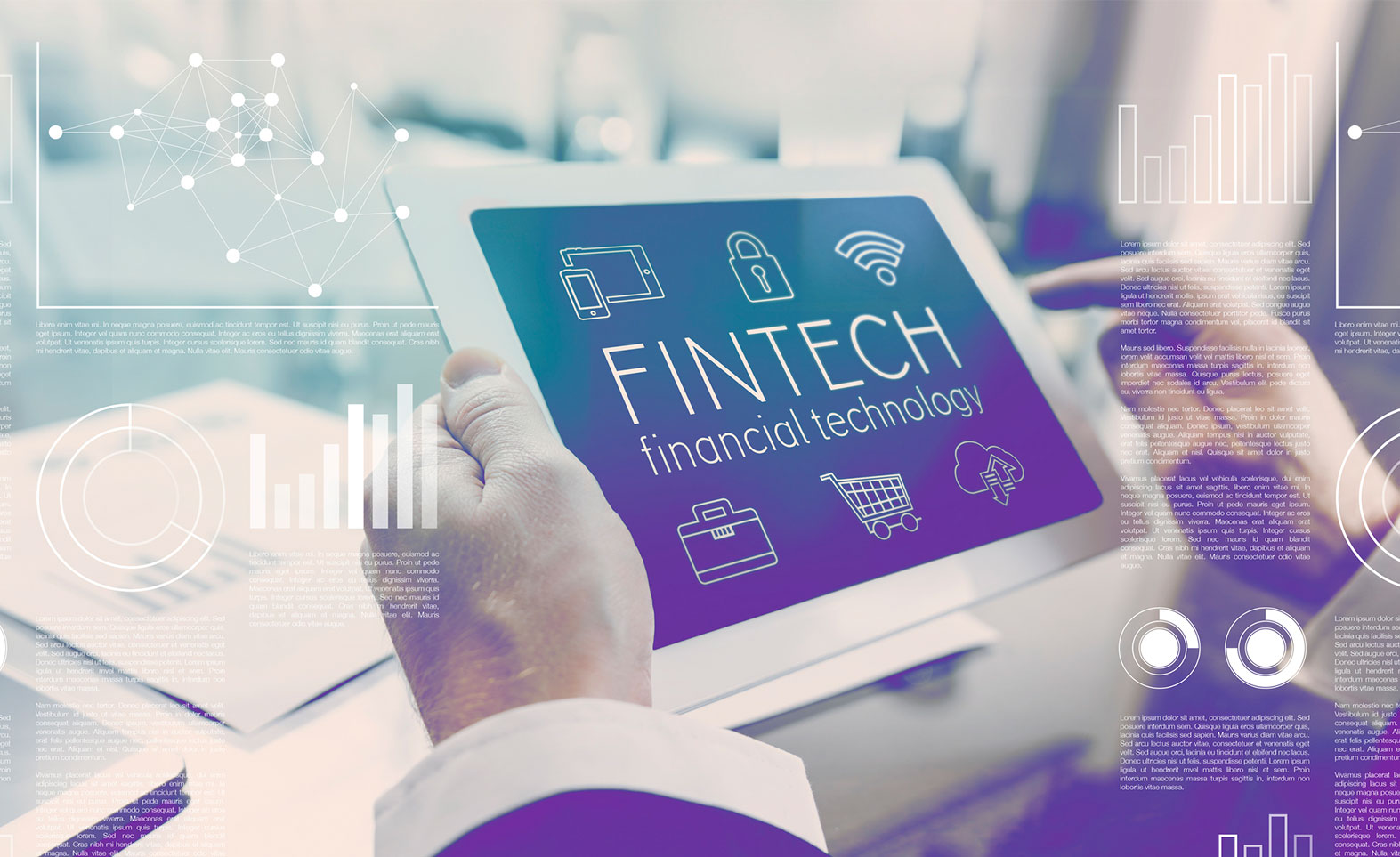
June 21, 2022
The transactions grew from less than 2.5% in December 2018 to 16% in December 2021
25% of all transactions at supermarkets were contactless in January 2020 and rose to 31% by January 2022
Metro cities saw the highest number of contactless transactions in India
The global contactless payment market size is expected to reach US$ 6.25 trillion by 2028

Convenience in the payments space is a very important factor today, and several financial organizations are deploying solutions to drive it widely across all forms of businesses. As a result, contactless transactions grew by more than 6 times in India, from less than 2.5% in December 2018 to 16% in December 2021, according to a report from Worldline Visa.
Contactless payments are transactions that do not need the swipe of a credit or debit card at a Point Of Sale (PoS) terminal.
Key contributors
According to the report, 25% of all transactions at supermarkets were contactless in January 2020 and rose to 31% by January 2022. Quick Service Restaurants (QSRs), other restaurants, groceries, drugstores and pharmacies have contributed 80% of contactless transactions by volume, and 60% of all card transactions as a result of the pandemic.
The aviation sector has also seen an increase in contactless debit card transactions in 2021, which can be attributed to the revision of the limit for contactless payment methods.
Cardholders who mainly focus on shopping through digital mediums such as E-commerce, luxury travellers, and regular E-wallet users have a higher adoption rate for contactless transactions, the report said.
Metro cities in states such as Maharashtra, Karnataka, Delhi NCR, Andhra Pradesh, Telangana, Tamil Nadu, Gujarat, Kerala, Haryana, and Uttar Pradesh have reported the highest number of contactless transactions in India.
The drivers
One of the chief drivers contributing to the growth of contactless transactions is the availability of various mediums to process the same. An increasing number of small merchants are enabling methods like ‘tap to phone’, and enable contactless payments without the POS fees.
Another driver is the quick process that contactless transactions involve, making them a convenient form of payment. They do not need a signature, PIN or One Time Password (OTP), enabling faster checkouts while making purchases.
Lastly, there is ample security deployed while at their usage. The Reserve Bank of India (RBI) limits the maximum number of contactless payments to INR 5000, thereby reducing the exposure to fraud if one’s debit/credit card gets stolen.
Way forward
The report further mentioned that even though cards contribute 26% of all digital transactions, they generate 53% of the value of all digital commerce.
Fuel, apparel & accessories, lodging, and retail goods will drive the next phase of growth and will potentially increase the share of contactless transactions, claims the report. It is estimated that globally there are more than 2 billion debit and credit cards with contactless technology, and the market size for global contactless payments is expected to touch US$ 6.25 trillion by 2028.